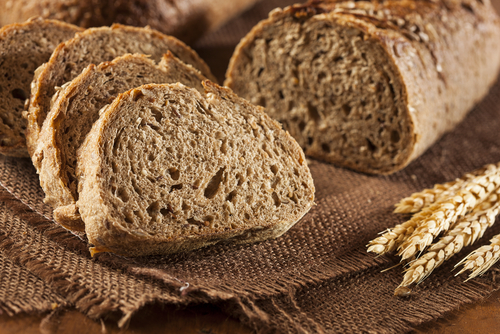
Making any kind of bread yourself from home is a great feeling. This is the kind of bake that will fill the house with a wonderful homely smell and that will entice anyone nearby to come in.
At the same time, bread is something that is highly versatile and that we all rely on for all our meals and all our lunch boxes.
The problem though is that bread has been getting a little bit of a bad image of late. Why? Because it’s not the healthiest thing in the world! Being a simple card means that bread will spike your blood sugar and contribute to an unbalanced mood, low energy, and weight gain.
At the same time though, bread is also high in gluten, which makes it potentially harmful to your digestion. Whether this is true for the average Joe or not is up for debate, but if you have a sensitivity to gluten then it can prevent you from absorbing nutrients from your dinner, cause bloating, and ultimately lead to a whole host of health problems.
The good news is that rye bread is actually much lower in gluten. Not only that, but rye bread is also a complex carbohydrate, meaning that the sugar is released much more slowly and that keeps you healthier.
So how do you make it? Read on for ten tips that will help it to come out perfectly every single time.
1. Use Whole Wheat Rye Flour
The first tip is to use whole wheat-rye flour. Seeing as we’re cooking rye bread in the first place because we want to be healthier, we may as well go the extra mile and choose whole wheat-rye flour in order to make it even healthier.
Whole wheat-rye flour contains the bran and the germ of the wheat, which makes it much healthier. Why? Because it is going to contain all of the nutrients that normally get crushed out of our shop-bought bread. That means more fiber, as well as vitamin B complex, vitamin E, calcium, folic acid, and much more.
Seeing as it’s so easy to choose whole wheat-rye flour… why not go for it!